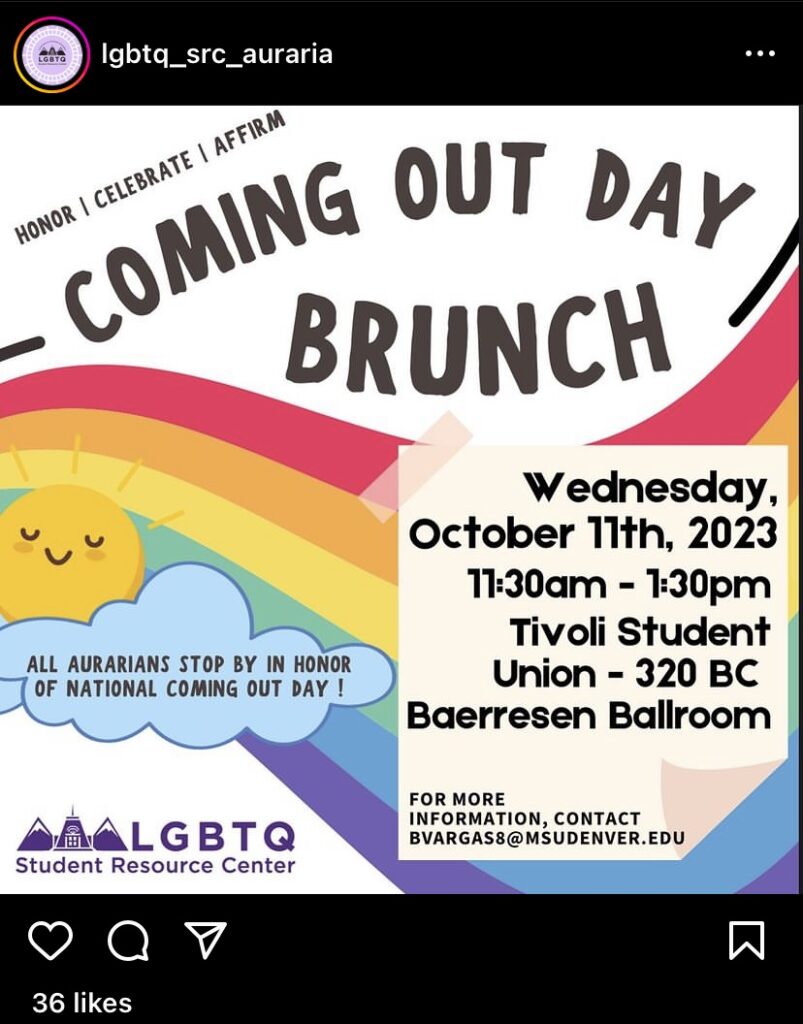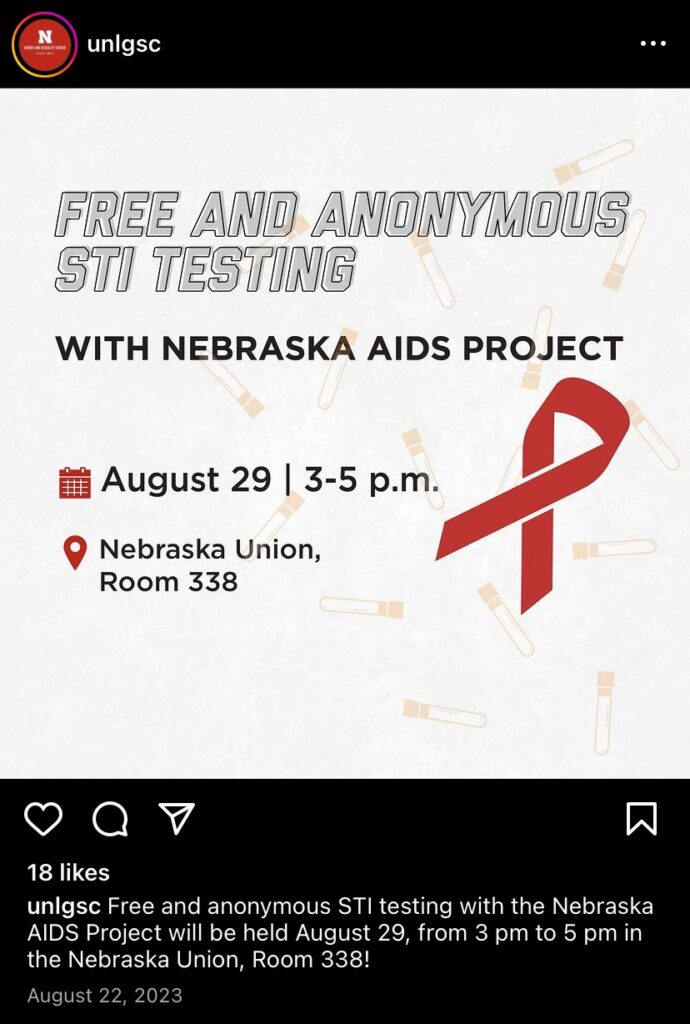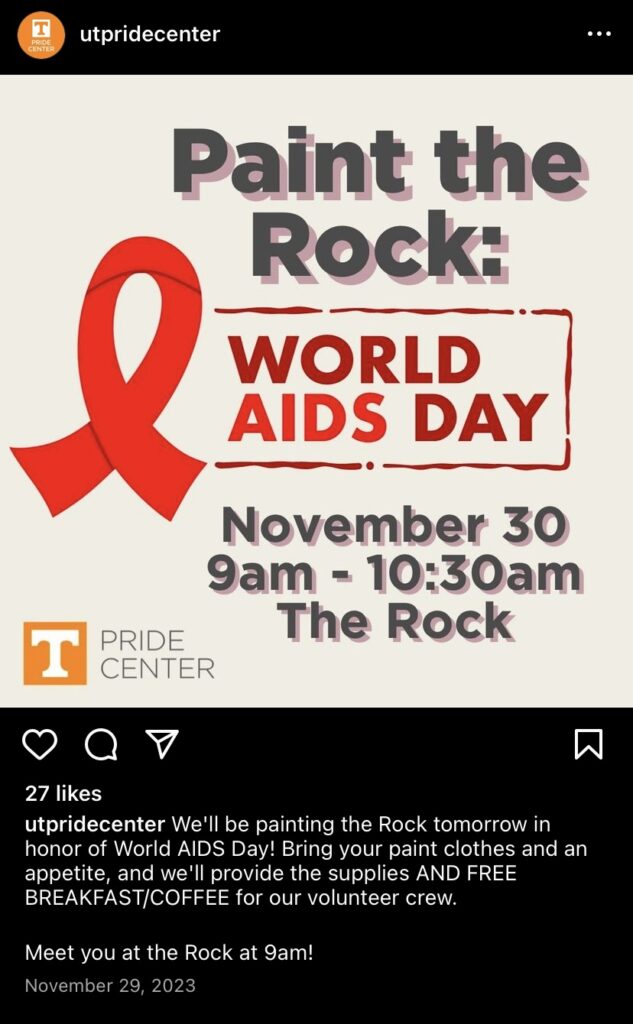While there were a lot of similarities in the ways the public and private school LGBT Resource Centers positioned their programming, there were also some significant differences. These differences came down to a difference in the level of explicit queerness that was present in the programming. This was reflective of the Centers’ positionalities on their campuses. The Centers at the private schools seemed to be more securely positioned on campus and therefore more willing to be explicitly queer in a way that could be challenging, while the Centers at the public schools seemed less willing to “make a splash” with their programming. They preferred to keep it safe with more programs oriented towards the entire campus population, not just the queer student body, and through the use of more neutral language.
Language Use
The use of the more politically-aligned and radical “Queer” vs the more neutral and descriptive “LGBT” or its variations as an umbrella label tended to be consistent across the posts from one school. Centers picked the term their institution preferred and generally stuck with it. Which of these terms they preferred differed by school type. For private schools, 57% of the programs used the term “Queer” more than “LGBT” while 42% preferred “LGBT.” This compares to public schools where 60% used “LGBT” and 40% used “Queer.” Furthermore, public schools were also more likely to not use either of these terms instead using more subtle Pride-related language or not specifying events as related to LGBT identity at all. Only half of the sampled programs from private schools used either “Queer” or “LGBT” compared to 70% of private school programs.
Public schools also more often used language that implied that their events are not meant exclusively for queer people. This included language like “everyone is welcome” or explicit mentions of “allies.” For example, this post advertising a National Coming Out Day brunch at the Metropolitan State University of Denver which explicitly states that “ALL” are welcome:


National Coming Out Day is ostensibly a queer-specific event, but this public school made sure to assure non-queer campus members that they were invited to celebrate without specifically addressing queer campus members.
General vs Queer-Specific Programming
While there were similarities in the types of programming offered at public and private schools, there were also some notable differences. For example, while activism-based programming was overall uncommon, it was even more uncommon at public schools than at private schools. Discussion-based programs which can serve as forums for more controversial dialogue than simple socialization were also more common at private schools. Instead of these more solidarity-focused events, public schools tended to put more resources towards programs that applied to the entire campus body rather than just the queer community. This included several events based on sexual health.
Just within my sample, there were four HIV/AIDs testing-based events. Three were at public schools, and one was at a private school. These posts are included below. Note how similarly the posts are structured and how the private school (UMiami) was the only one to include PEP and PrEP resources which are often associated with sexually active men who have sex with men:





Public schools also had advertisements for safer sex resources and domestic violence resources. This indicates that the “sexuality” in the names of many of the centers seemed to more strongly mean “sexual orientation” for private schools and “sexual” at public schools. This is in line with the overall more general framing of the events at public schools.